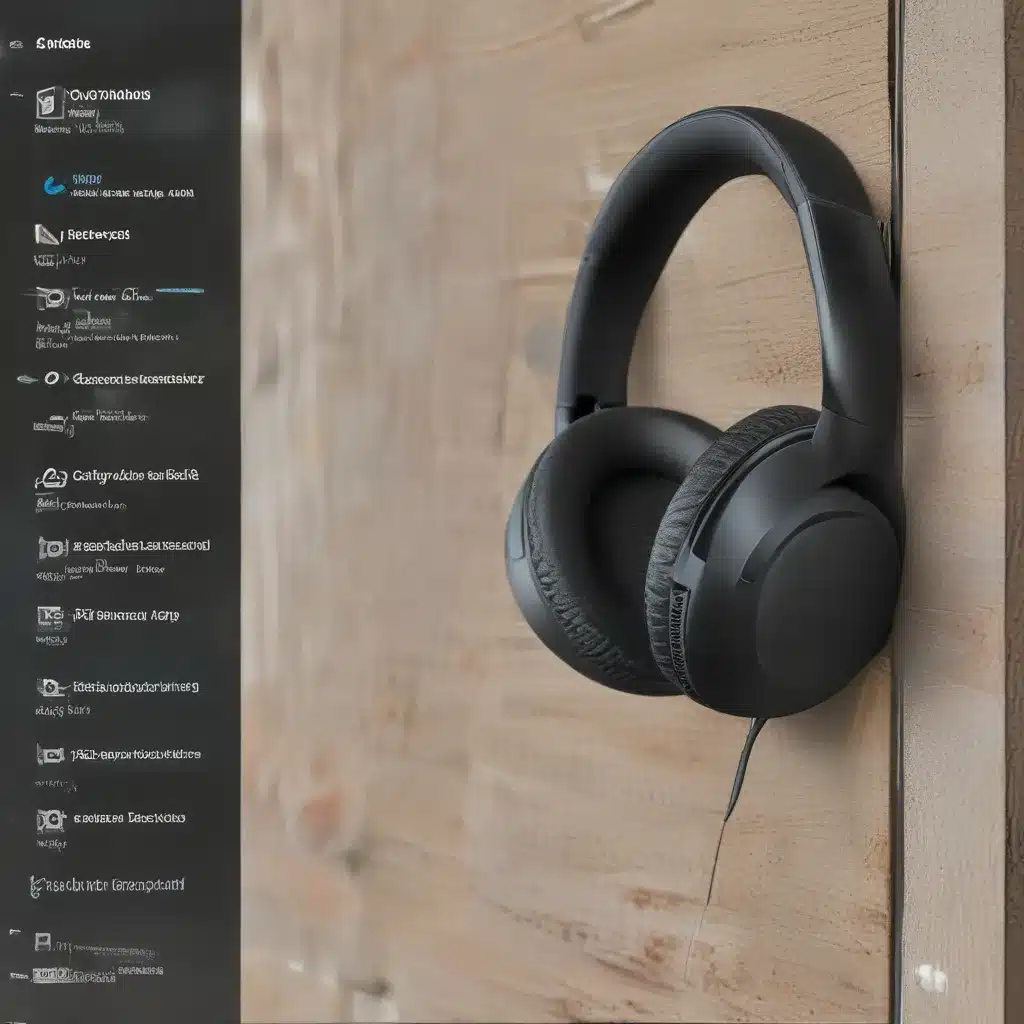
The Shocking Tale of a Sound Tech’s Worst Nightmare
Sweat was pouring down my face as I hunkered down in the sound booth, the congregation rioting around me. Two instruments were vying for the same dominant frequencies, and I could hear an elder yell, “Make this nightmare end!”
Think, man, think! I told myself. You’ve trained for this very type of scenario. My hand reached for the channel EQ, and I moved the mid-range sweep knob to 1257 Hz. Suddenly confident of my next move, I applied a 6 dB cut to that frequency, and the congregation went wild.
This story may seem outrageous, but in the mind of some audio techs, it reflects a common question I occasionally get via email: How do techs pinpoint a frequency so easily? Well, let me tell you, it’s not as easy as it may seem.
The Art of Frequency Identification
It takes 10,000 hours to master a skill, as the saying goes. For professional audio engineers, that means putting in a lot of time – working weekends and maybe a mid-week practice session. With that near-every-day experience, they have trained their ears to identify frequency areas in relation to vocals, guitars, drums, and more.
Even with that level of expertise, could they pinpoint a specific frequency? No, not really. They would be able to get very, very close in finding the frequency area for their first modification. But “pinpointing” a frequency is a bit of a misnomer.
Developing Your Ear for Frequencies
It is possible to get a jump on mastering frequency area identification if you train your ears. There are products like Quiztones that can help with this training. Some people have “golden ears” and can easily identify the frequency area they need to change, but for most of us, it takes dedicated practice.
Each instrument and vocal has a set of audio frequencies that are known to affect the sound in a certain way. For example, the 400 Hz to 1,100 Hz range is where you’ll find the “honky” or “nasal” characteristics of a vocal. Knowing these frequency ranges can give you a head start when you’re trying to troubleshoot an audio issue.
The Sweep and Cut Technique
So, how do you actually pinpoint a frequency, or at least get close? The best approach is to use the “sweep and cut” method. Here’s how it works:
- Focus on the problematic frequency range. In the case of a nasal-sounding vocal, that would be the 400 Hz to 1,100 Hz range.
- Set your mid-range EQ to a 6 dB boost.
- Slowly sweep the frequency center point up until you find the spot where the nasally characteristic jumps out in the mix. You might find it at 800 Hz, 1,011 Hz, or 1,100 Hz.
- Once you’ve found the right point, cut the frequency area to the amount you need. 6 dB is a good starting point because it’s easier to listen for extremes and then adjust.
The next time you’re mixing that vocalist and they sound nasal, you’ll have a good idea of the frequency area you should target with an initial cut before sweeping a bit to fine-tune it.
Putting It All Together
The key to mastering frequency identification is a combination of training your ears and developing a systematic approach to troubleshooting audio issues. Start by learning the key frequency ranges for different instruments and vocals, then use tools like Quiztones to hone your skills. Finally, practice the sweep and cut technique until it becomes second nature.
Remember, the goal isn’t to pinpoint a specific frequency with laser-like precision, but to get close enough to make the necessary adjustments and improve the overall sound. With time and dedication, you’ll be able to tackle even the most challenging audio problems, just like the sound tech in our opening story.
And who knows, maybe one day, you’ll be the one surprising your congregation with your audio wizardry. Until then, keep practicing, and don’t be afraid to get your hands dirty in the sound booth. The perfect audio mix is out there, and with a little persistence, you’ll be able to pinpoint and fix those Windows 10 audio problems easily.












